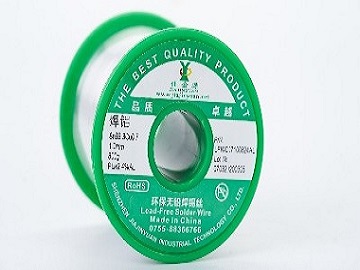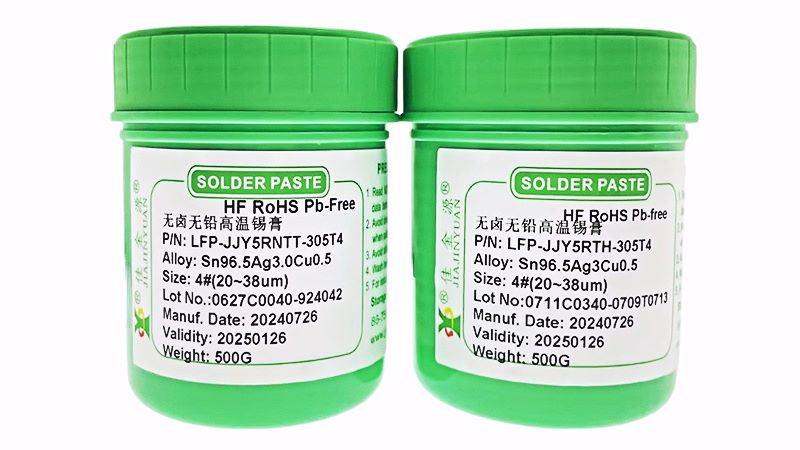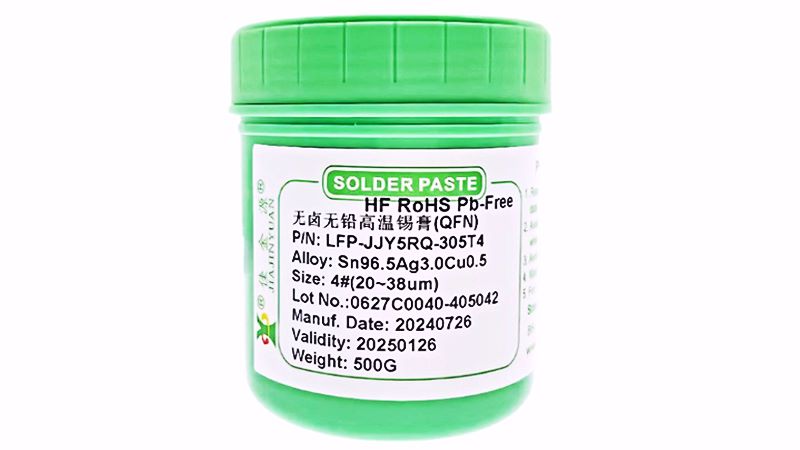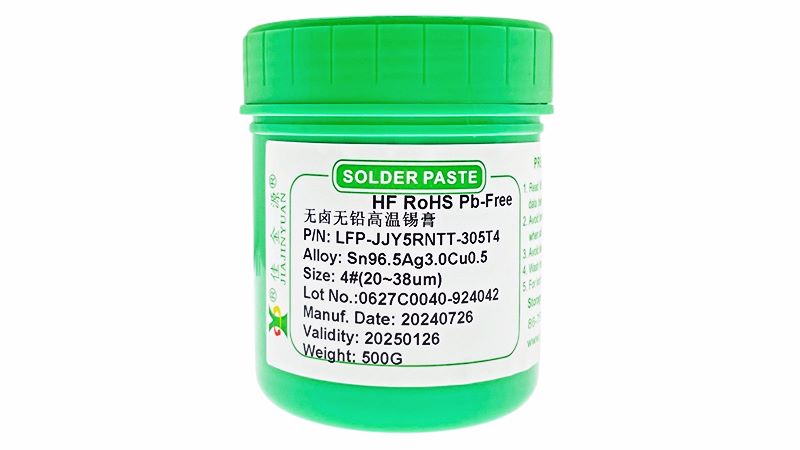Soldering wireNowadays, it is increasingly widely used and is an indispensable solder in the electronics industry. However, manual soldering often leads to tin explosion. Everyone should say that the reason is simply thermal shock. But due to the soldering method andPCBDue to the reasons of the sheet material, the degree of tin blasting will also vary. Then, why does the solder wire experience tin blasting? Now, JJY solder Paste Manufacturer will explain it to you:

Why does the soldering wire experience the phenomenon of solder cracking?There are many reasons for tin frying, and they need to be analyzed one by one.
1Have a look first.PCBWhether it gets damp or not. If it gets damp, tin will explode.
2Check if the temperature of the soldering iron is too high. You can adjust the appropriate temperature according to the melting point of the solder wire and the process requirements.
3Look at the tin wireFLAXWhether the content is appropriate. You can ask the tin wire supplier to provide tin wire that is easy to solder and has less tin explosion, or you can use a tin cutter to cut the tin wire.
The amount of tin frying or tin bead splashing can be tested through blank fax paper. The specific operation is as follows:
1Put the blank fax paper in place
2Use soldering irons of different temperatures to solder the same solder wire and observe the black spots on the fax paper. Take the temperature that is both easy to solder and has fewer black spots as the soldering temperature
3When soldering different solder wires at the same soldering temperature, see which type of solder wire has fewer black spots and is easier to solder. (If conditions permit, you can use a tin cutter to cut the solder wire first before soldering. This way, the phenomenon of tin explosion will be much less.
For more knowledge about soldering, please keep following JJY Solder Paste Manufacturer. Welcome to consult Shenzhen JJY Industrial Technology Co., LTD. Let's learn and grow together!





 Tel:+86 0755 88366766
Tel:+86 0755 88366766 Phone:+86 18938660310
Phone:+86 18938660310 Email:sales@jjyhanxi.com
Email:sales@jjyhanxi.com Address:13/F,12/F, Building No. B,Qinghu Technology Park,Qingxiang Rd.,Qinghu Community, Longhua Subdistrict,Longhua District,Shenzhen City,GUANGDONG Province,P.R.C.(518027)
Address:13/F,12/F, Building No. B,Qinghu Technology Park,Qingxiang Rd.,Qinghu Community, Longhua Subdistrict,Longhua District,Shenzhen City,GUANGDONG Province,P.R.C.(518027) Guangdong Public Security Backup 44030902002666 name
Guangdong Public Security Backup 44030902002666 name
 WeChat
WeChat WeChat official account
WeChat official account
